Safeguard Your Business’s Future: The Vital Importance of Disaster Recovery & Continuity Planning
By Adom FrancisLast modified: June 10, 2025
Voted Top Call Center for 2024 by Forbes
Last modified: June 10, 2025
When disaster strikes, the first casualty often is reliable communication. Whether it’s customers seeking urgent support, leads reaching out to your sales team, or vendors coordinating critical shipments, any disruption in your phone service can mean significant losses in revenue and reputation. Fortunately, solutions like Go Answer's cloud-based platform ensure your lines remain open — even in the face of natural disasters, power outages, or hardware failures.
Every business, regardless of size or industry, faces risks from various emergencies. Natural disasters like hurricanes, floods, wildfires, and earthquakes can severely impact your physical infrastructure. Likewise, power outages from storms or utility issues, network disruptions from ISP outages or data center failures, and hardware issues such as damaged office phone systems or malfunctioning PBX hardware can also cripple your operations.
Does your business have contingency plans for the following emergencies:
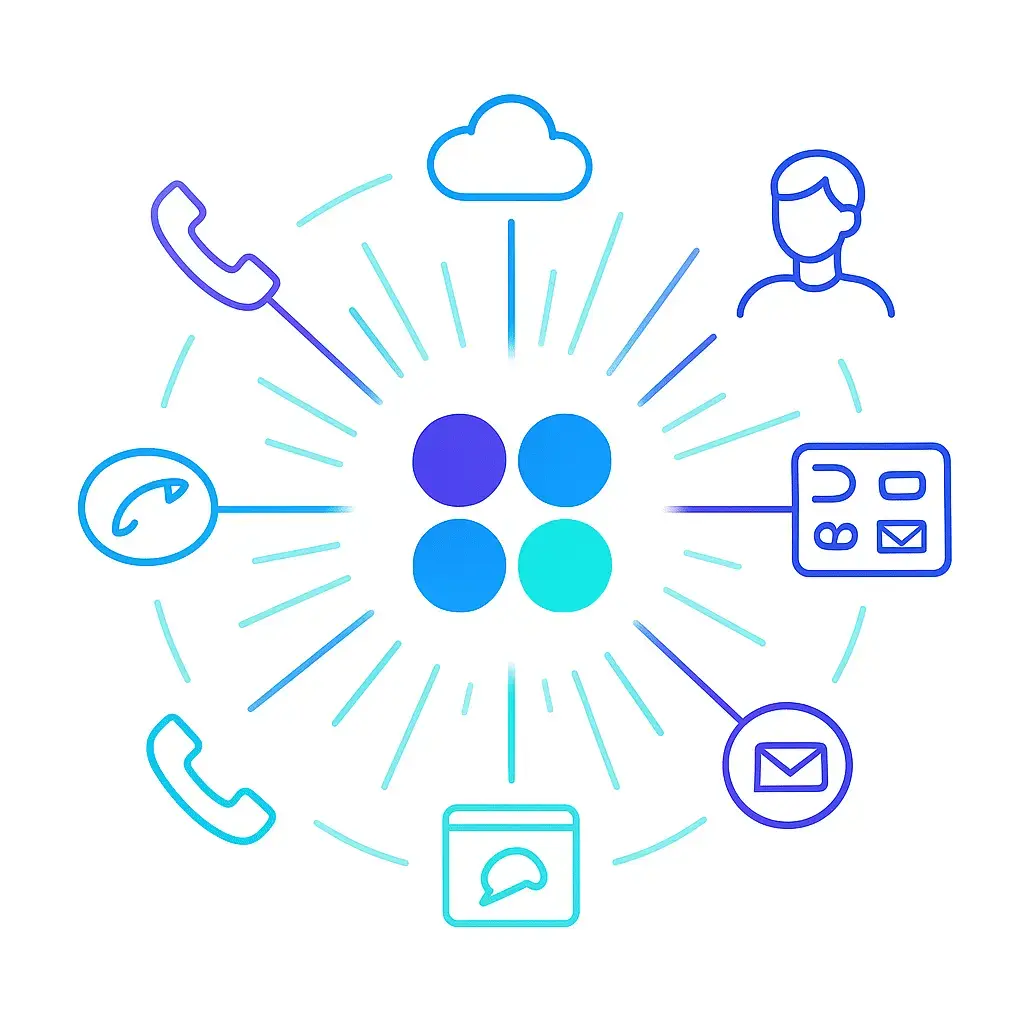
Natural Disasters: Hurricanes, floods, wildfires, earthquakes
Power Outages: Blackouts from storms or utility failures
Network Disruptions: ISP outages, fiber cuts, data center failures
Hardware Issues: Damaged office phone systems, malfunctioning PBX hardware
The implications of these disruptions are severe. Missed calls lead directly to lost opportunities, damage your brand’s reputation, and create internal chaos. Without a continuity plan, a single disruption could significantly harm your business's bottom line.
Traditional, on-premises phone systems come with inherent vulnerabilities that expose businesses during emergencies. These systems rely heavily on local infrastructure, meaning any local power outage or network disruption can immediately disable communication channels. Physical vulnerabilities, such as damage from floods, fires, or severe weather events, pose serious risks to hardware located on-site.
Unfortunately, creating redundancies for traditional phone systems is often expensive, requiring additional hardware, backup generators, and ongoing maintenance — all of which still may not provide complete reliability during major disasters.
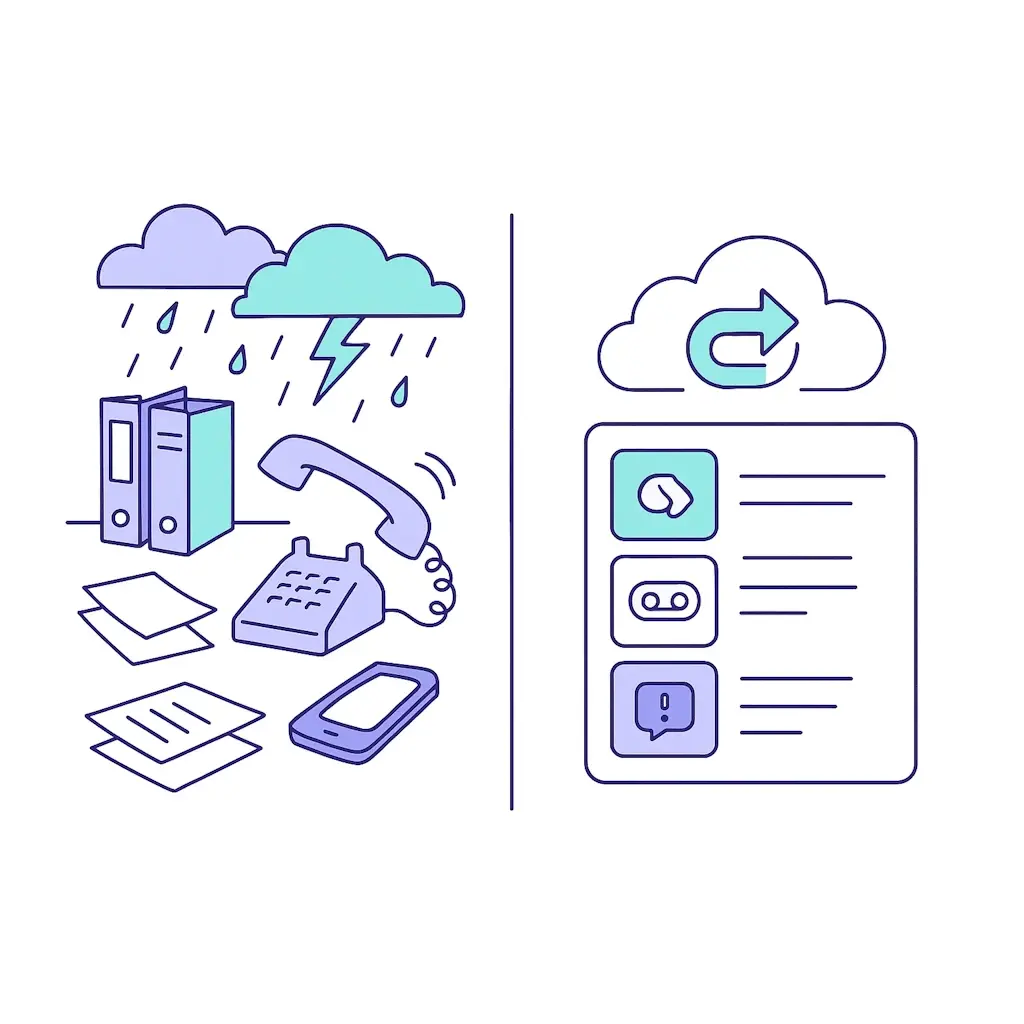
Single Points of Failure: Dependence on local power and network connections
Physical Vulnerabilities: Damage from floods, fires, or severe weather
Costly Backup Options: Expensive redundant hardware and generators
In contrast, Go Answer’s cloud-based infrastructure provides the resilience your business needs to weather any storm. Cloud-based systems offer geographic redundancy, automatically rerouting calls through alternative data centers if one becomes unavailable. This significantly reduces the risk of communication downtime.
Go Answer’s cloud-based infrastructure provides critical resilience:
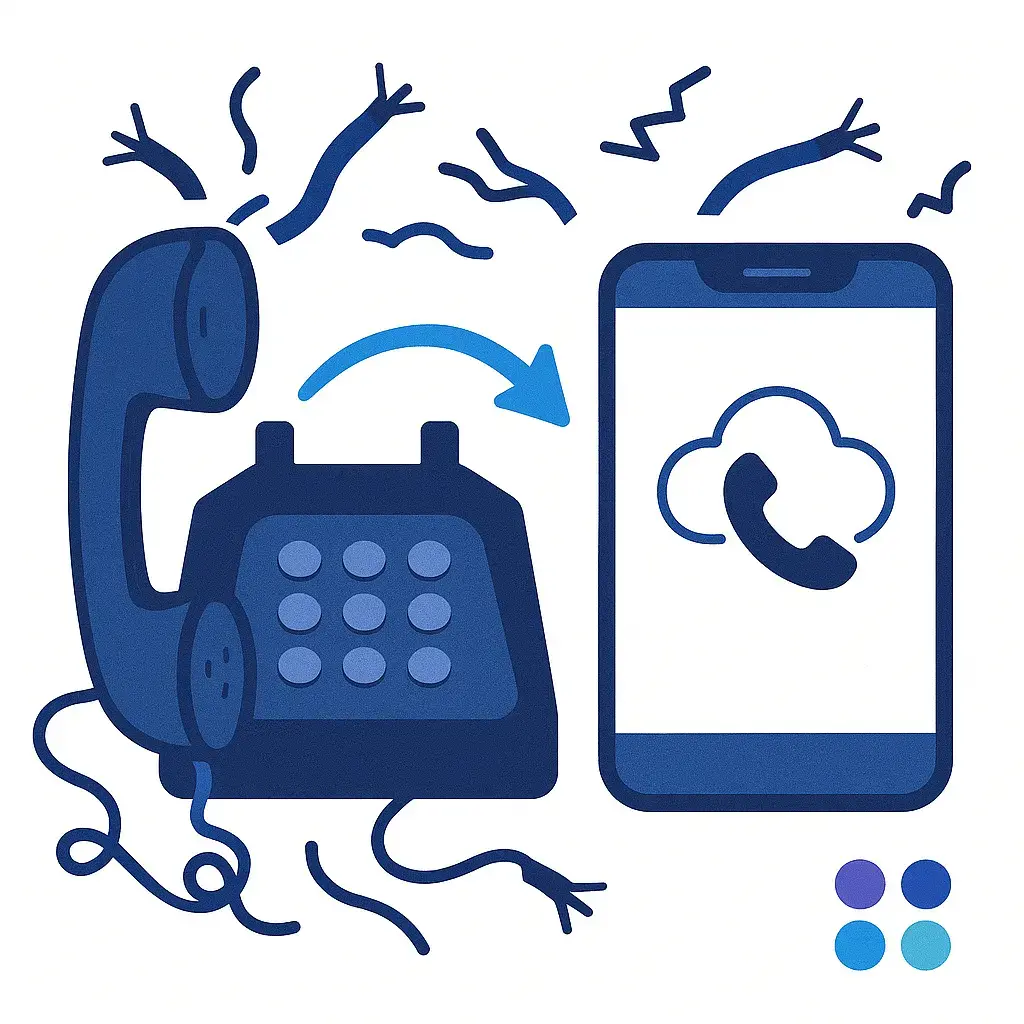
Geographic Redundancy: Automatically reroutes calls through alternative data centers if one becomes unavailable.
Rapid Scalability: Quickly scale capacity to handle increased call volumes during emergencies.
Flexible Accessibility: Team members can access calls and voicemails remotely using mobile devices or computers.
Centralized Control: A user-friendly web dashboard enables real-time adjustments and monitoring.
If local infrastructure fails, Go Answer instantly reroutes calls to predetermined backup numbers, including mobile phones or remote agents, ensuring no calls go unanswered.
All voicemails are safely stored in the cloud, accessible via secure web portals or email transcriptions. This ensures important messages remain accessible even during complete outages.
SMS alerts inform your team immediately when call routing changes or voicemails arrive, enabling swift and coordinated responses.
From anywhere with internet access, administrators can monitor call statuses, adjust routing rules, and manage remote staff effectively.
Scenario: Major Flooding Event
Imagine your office flooding unexpectedly:
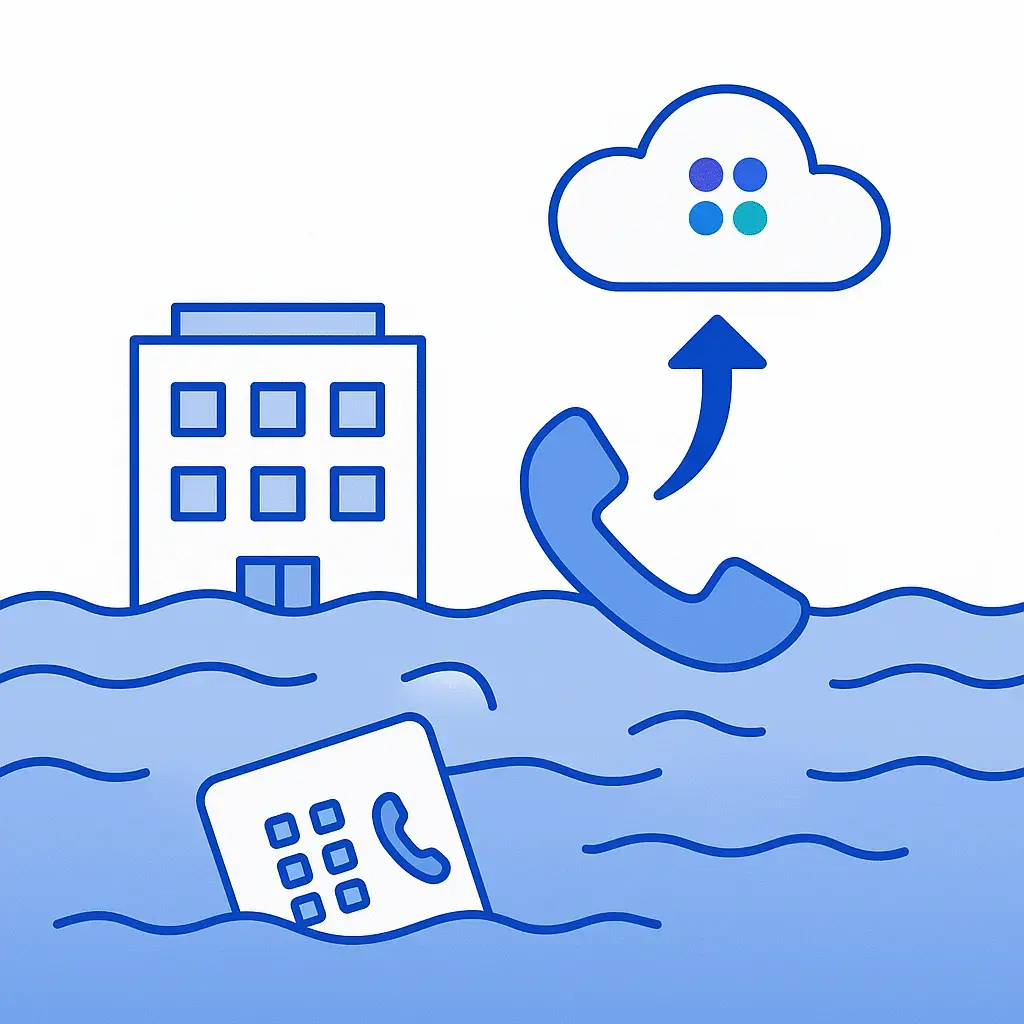
Calls instantly reroute to employee cell phones and home offices.
Voicemail transcription sends important messages to emails.
SMS alerts update staff about the new communication protocols.
The Go Answer Solution: Continuous client communication despite severe local disruption.
Scenario: City-Wide Blackout
When a blackout strikes:
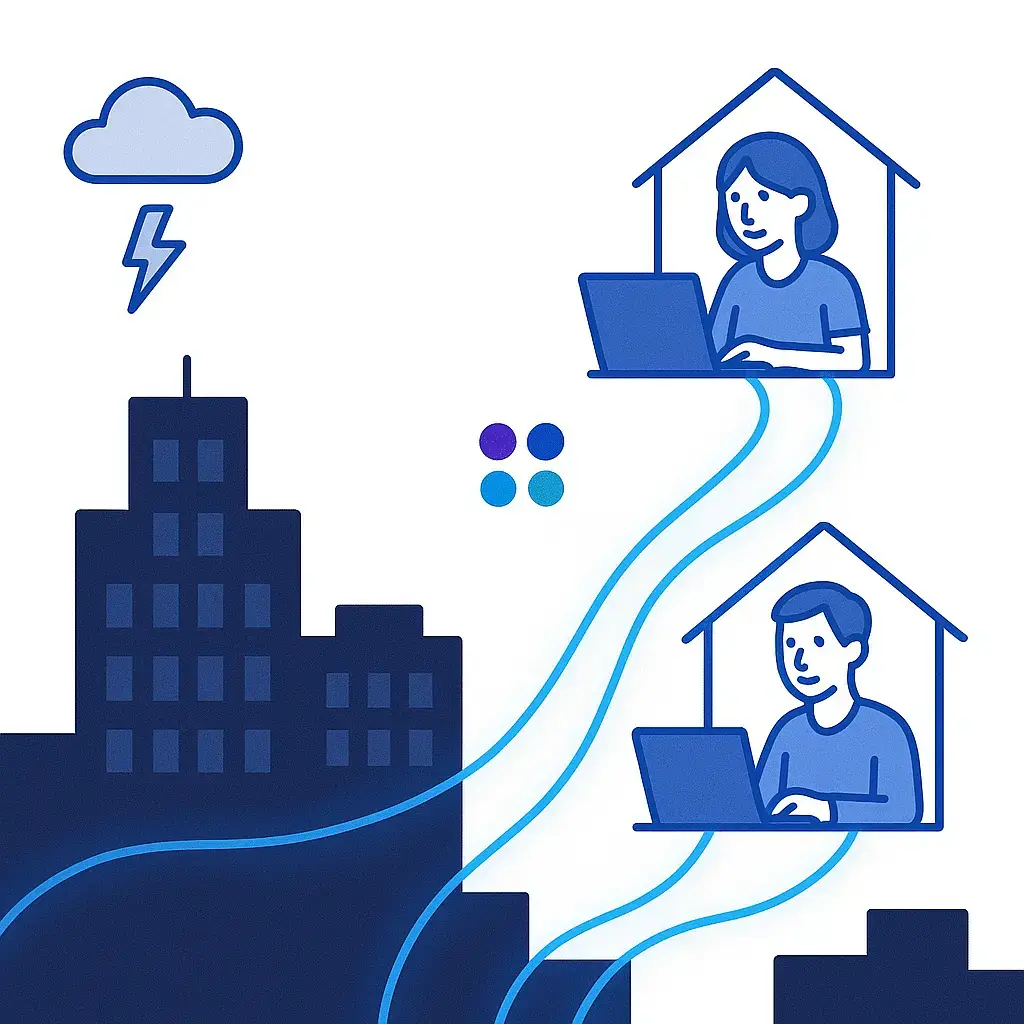
Calls divert immediately to remote agents working from home.
SMS alerts notify your team of rerouted communications.
Voicemail emails ensure critical messages are immediately actionable.
The Go Answer Solution: No downtime, preserving customer trust and business continuity.
Setting up Go Answer’s continuity features is straightforward yet comprehensive. Begin by defining primary and backup destinations for call rerouting, ensuring seamless transitions during emergencies. Establish voicemail preferences, selecting options like transcription and email delivery to maintain communication flow. Enable SMS notifications so critical staff members receive timely alerts. Regularly conduct testing and updates, including quarterly failover drills and regular audits of emergency contact lists to ensure readiness.
Define Primary and Backup Destinations: Configure calls to reroute seamlessly.
Establish Voicemail Preferences: Choose transcription and email delivery.
Enable SMS Notifications: Ensure critical staff receive timely alerts.
Regular Testing and Updates: Conduct quarterly failover drills and audits of emergency contact lists.
3 Best Practices for Effective Communication Continuity
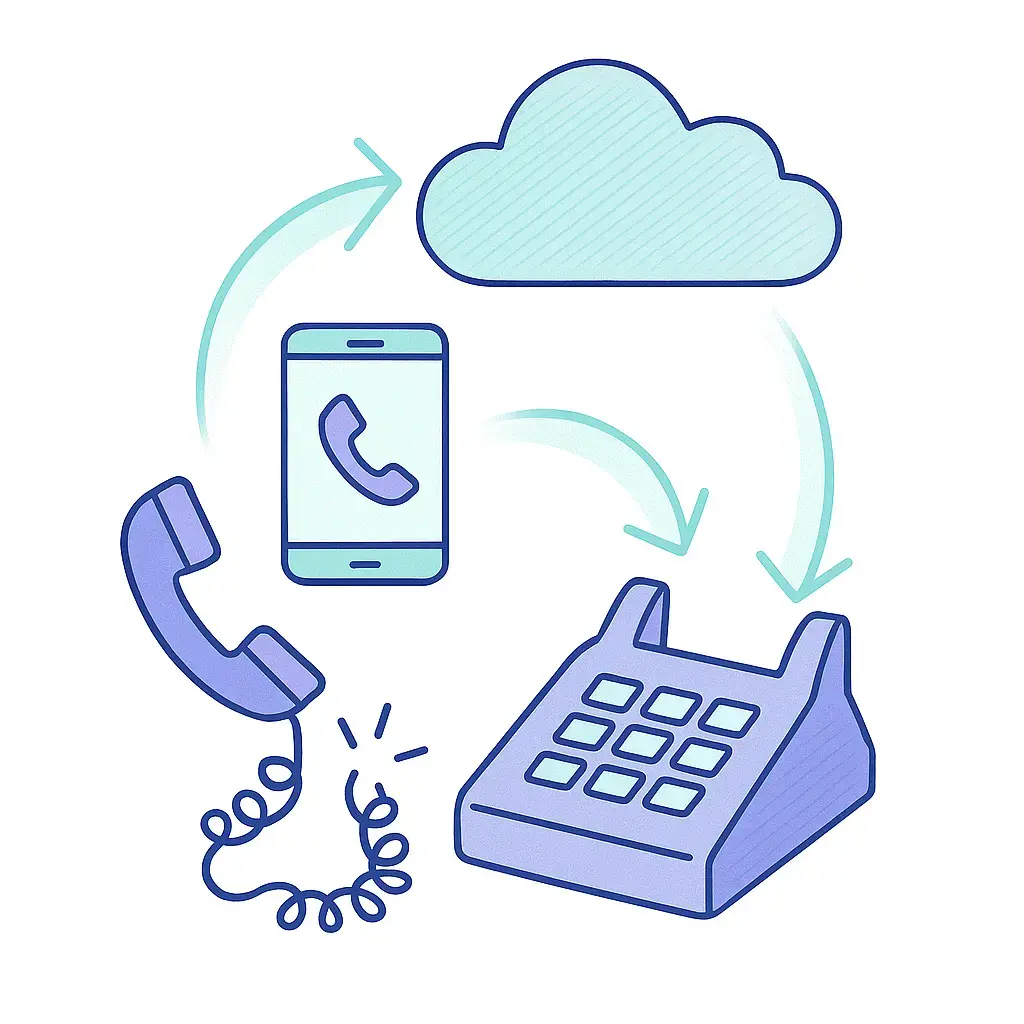
Clear Escalation Protocols: Clear escalation protocols are crucial, outlining specific roles, responsibilities, and notification sequences during emergencies. .
Maintain Up-to-Date Information: Regularly maintaining up-to-date contact information ensures team responsiveness.
Integrated Multi-Channel Communication: Integrating multi-channel communication strategies, such as cloud CRM systems and online chat tools, complements phone continuity and provides a comprehensive response capability.
Evaluating your continuity plan involves several key metrics. Reduced downtime directly correlates to cost savings, while improved response times due to rapid call rerouting and voicemail accessibility enhance customer satisfaction. Consistent reliability in crisis situations significantly strengthens customer loyalty and enhances your overall brand reputation.
Consider these metrics when evaluating your continuity plan:
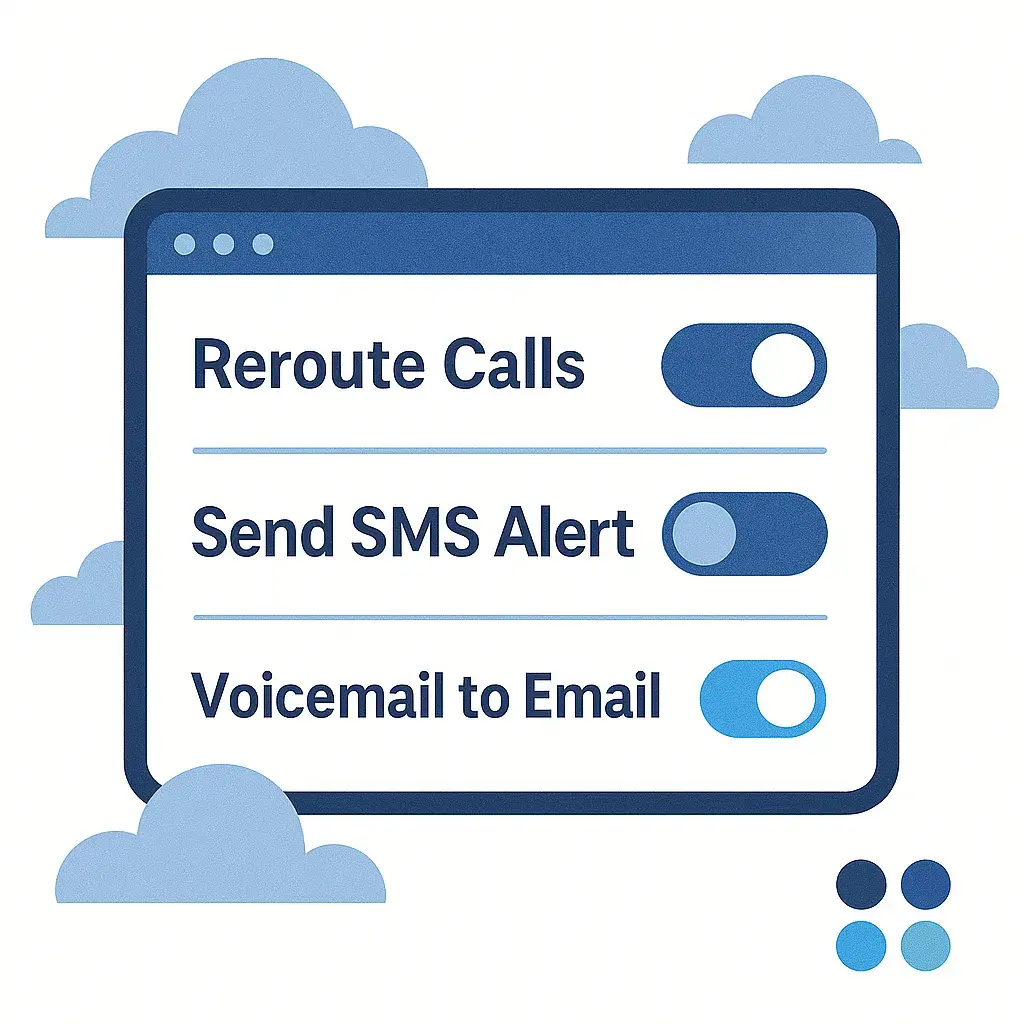
Reduced Downtime: Minimizing call disruption translates directly into cost savings.
Improved Response Time: Rapid call rerouting and voicemail access enhance customer satisfaction.
Enhanced Reputation: Consistent reliability during crises builds customer loyalty and trust.
When a storm knocks out power or a network outage silences your office, every missed call is a missed opportunity — and every unanswered customer is a risk to your reputation. Go Answer’s cloud-native disaster recovery and business continuity platform keeps your phones ringing, your messages flowing, and your customers connected, even when local systems fail.
With Go Answer protecting your lines, you gain:
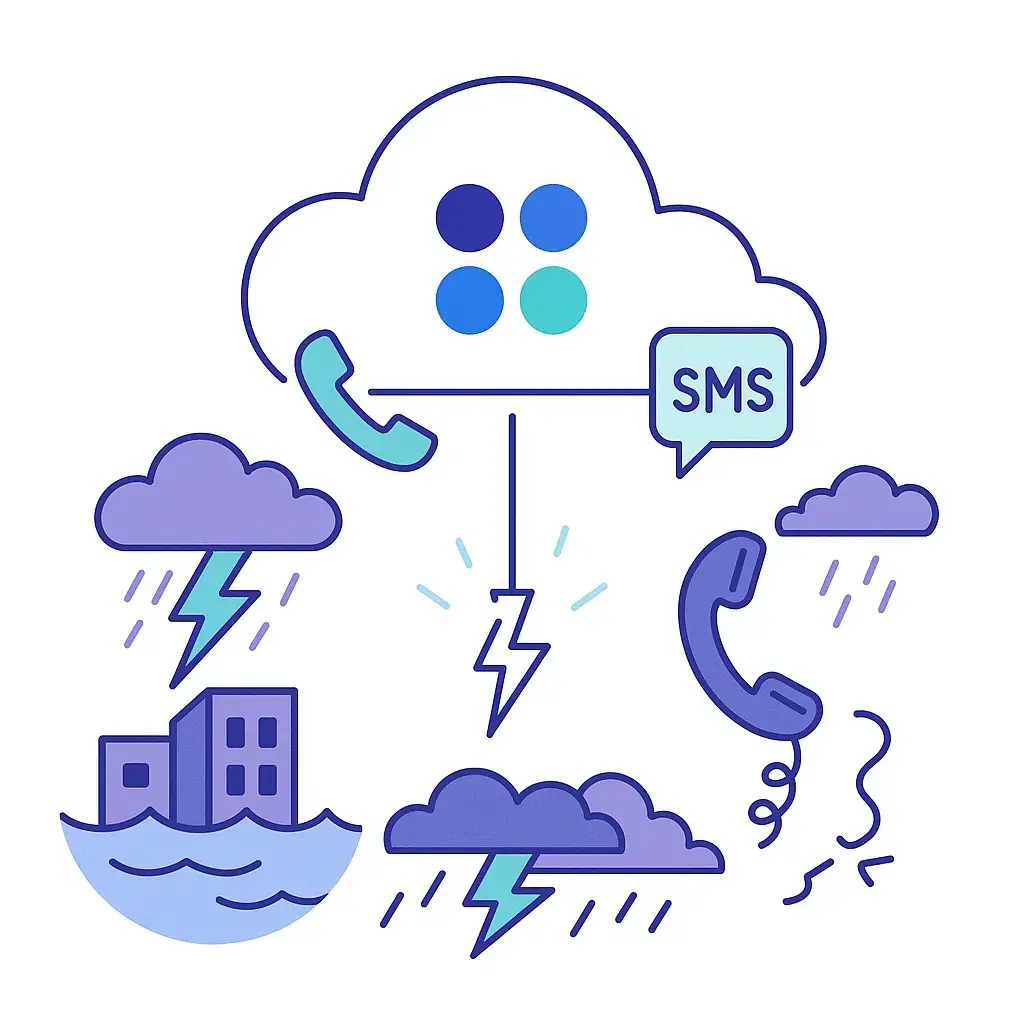
Instant Failover & Geo-Redundancy
If one data center goes dark, calls and messages seamlessly reroute to our backup hubs — no manual intervention required.
24/7 Monitoring & Support
Our team watches over your services around the clock, identifying and resolving issues before they impact your operations.
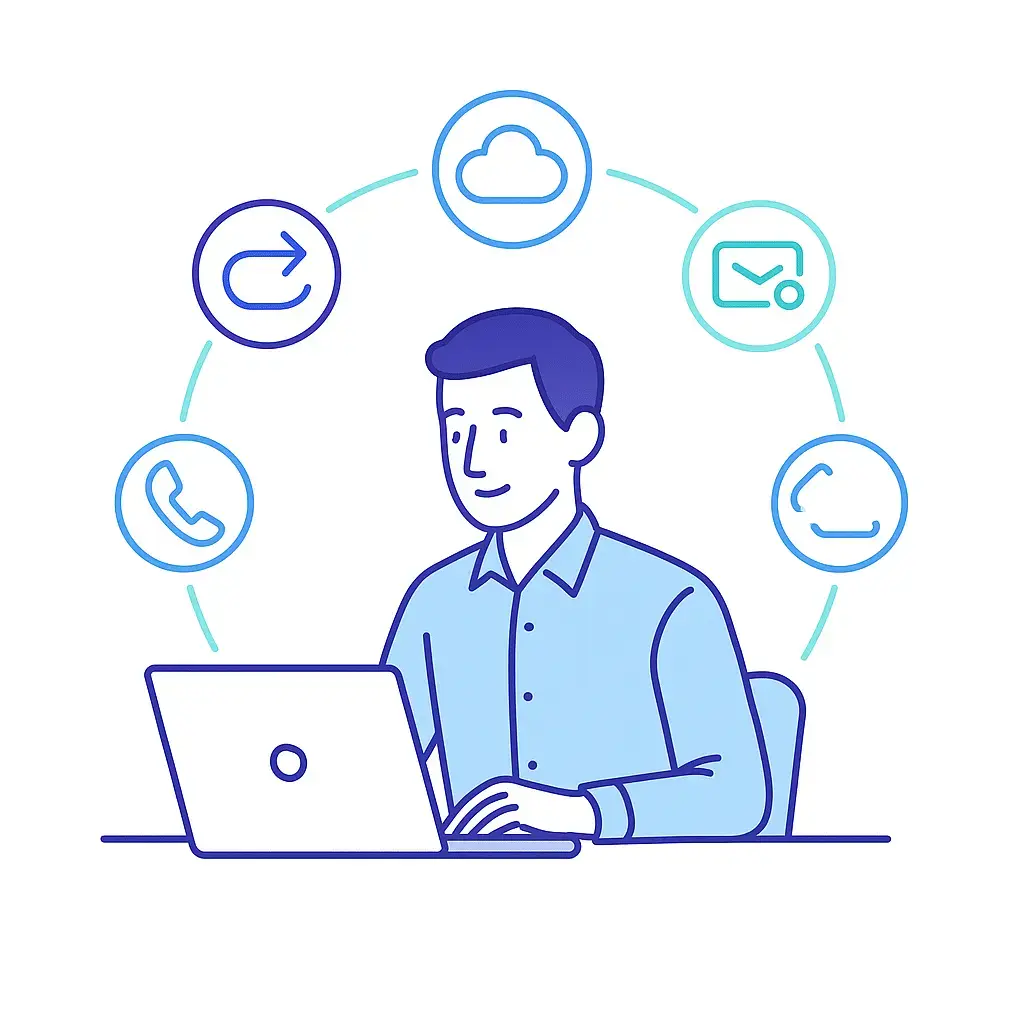
Omnichannel Resilience
Whether it’s a voice call, SMS alert, or voicemail-to-email, every channel stays live and synchronized so no inquiry slips through the cracks.
Custom Escalation Workflows
Define who gets alerted, how, and when — so critical messages reach the right people immediately, from frontline staff to C-suite executives.
Secure, HIPAA-Compliant Infrastructure
Keep patient and client data safe with end-to-end encryption and rigorous compliance controls that meet even the strictest regulatory standards.
Beyond keeping your lines open, Go Answer becomes an extension of your team — conducting regular failover drills, fine-tuning your call flows, and providing detailed continuity reports to help you refine your emergency plans.
Ready to transform downtime into uptime? Reach out today to arrange a tailored demo. We’ll walk you through your custom failover design, answer your questions live, and show you exactly how Go Answer can turn any disaster into a non-event for your business.
Learn why thousands of companies rely on Go Answer.
Try us risk-free for 14 days!
Enjoy our risk-free trial for 14 days or 200 minutes, whichever comes first.
Have more questions? Call us at 888-462-6793
Learn why thousands of companies rely on Go Answer.
Have more questions? Call us at 888-462-6793
If you would like to get in contact with a Go Answer representative please give us a call, chat or email.

Thanks for your interest!
A representative will be reaching out to you shortly.
Have more questions? call us on 888-462-6793